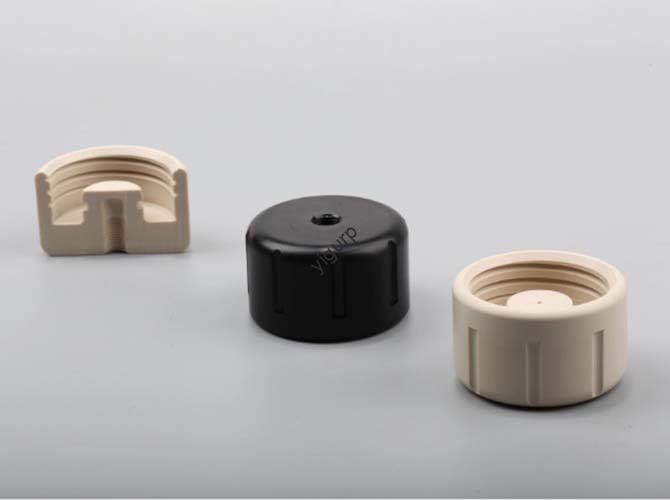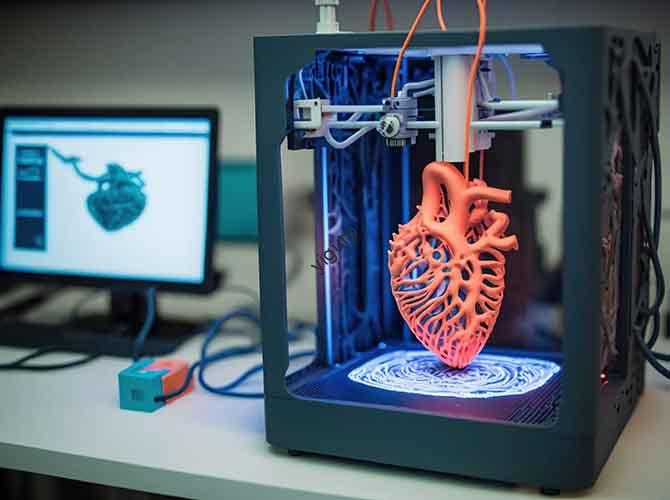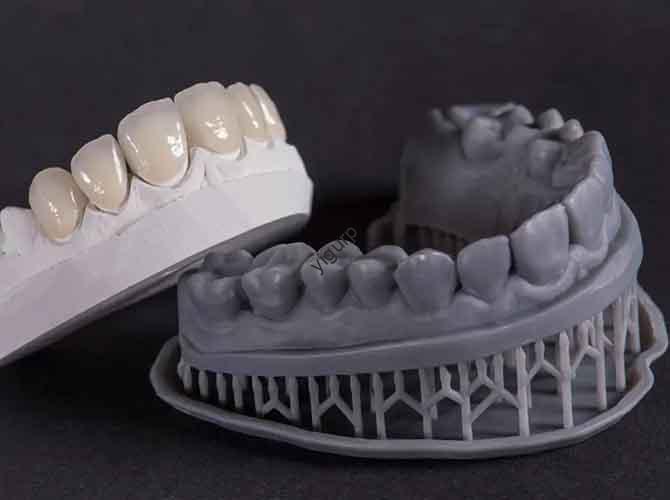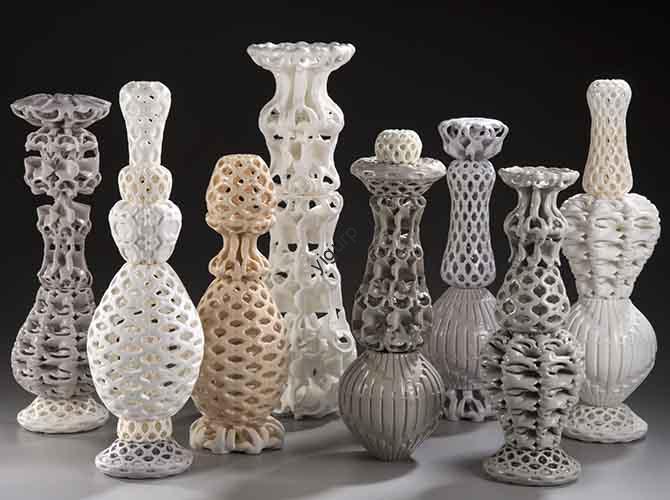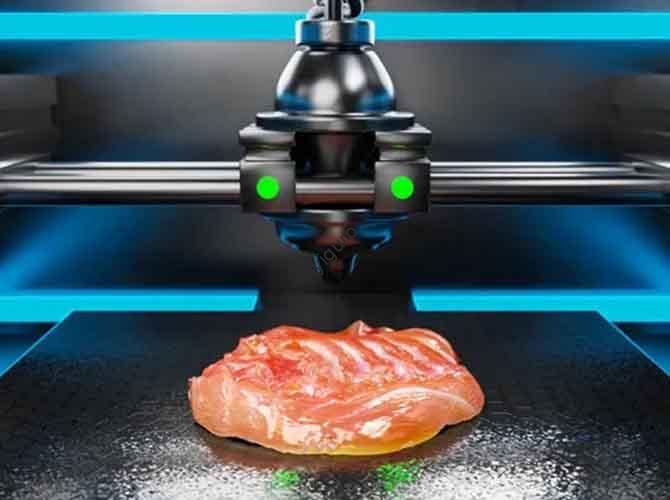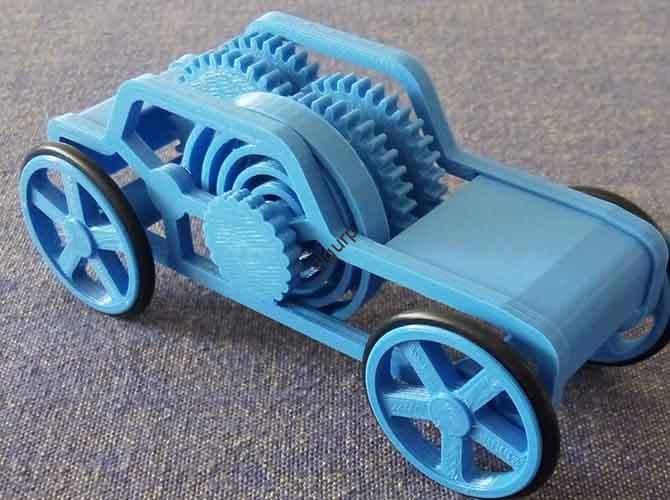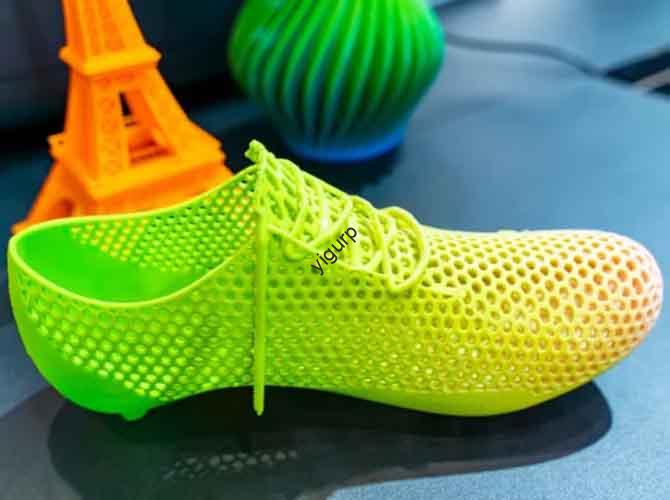What Is a Silicone Mannequin and How Is It Used?
Silicone mannequins are lifelike human form or body part models made primarily from liquid silicone rubber through an infusion molding process. Their key advantages lie in ultra-high realism and elasticity, allowing them to replicate tiny details like skin texture, muscle lines, even fingerprints and blood vessels. Hoje, they play a critical role in healthcare, film, […]
